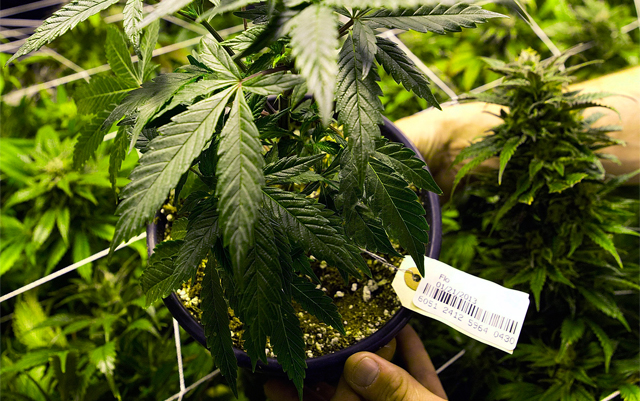About BioTrack THC
Learning About BioTrack THC; it is used as both a State Seed to Sale Software and a Cannabis Seed to Sale Software.
Image Source: A Winner Emerges to Track Puerto Rico’s Bud | The Marijuana Times
BioTrack has continued to win state contracts for the state mandated Seed to Sale Software. Most recently, they won the high score for applicants in Puerto Rico‘s Request for Proposal for Seed to Sale Tracking. Other state contracts include Washington State, New York, New Mexico and Illinois.
Reviews have been mixed on the success of BioTrack’s software both in user functionality and in its transparency for the states.
Adilas420, cannabis consultants, are familiar with BioTrack and its capabilities. We support our clients choice in software and believe that all of the softwares have their highlights and low points. User Training Guides are available for BioTrack. Adilas has been developed via API to interact directly with BioTrack and Farewell Metric. Obviously, we have chosen our favorite seed to sale software, but BioTrack is a a popular choice.







